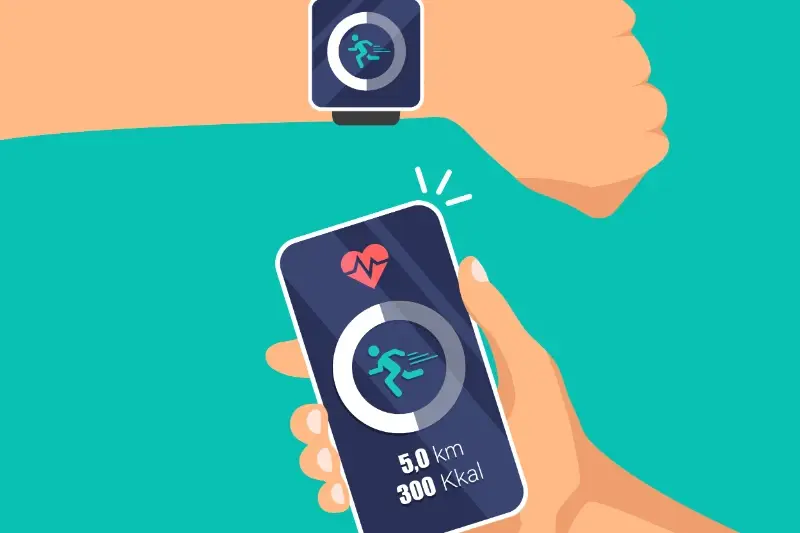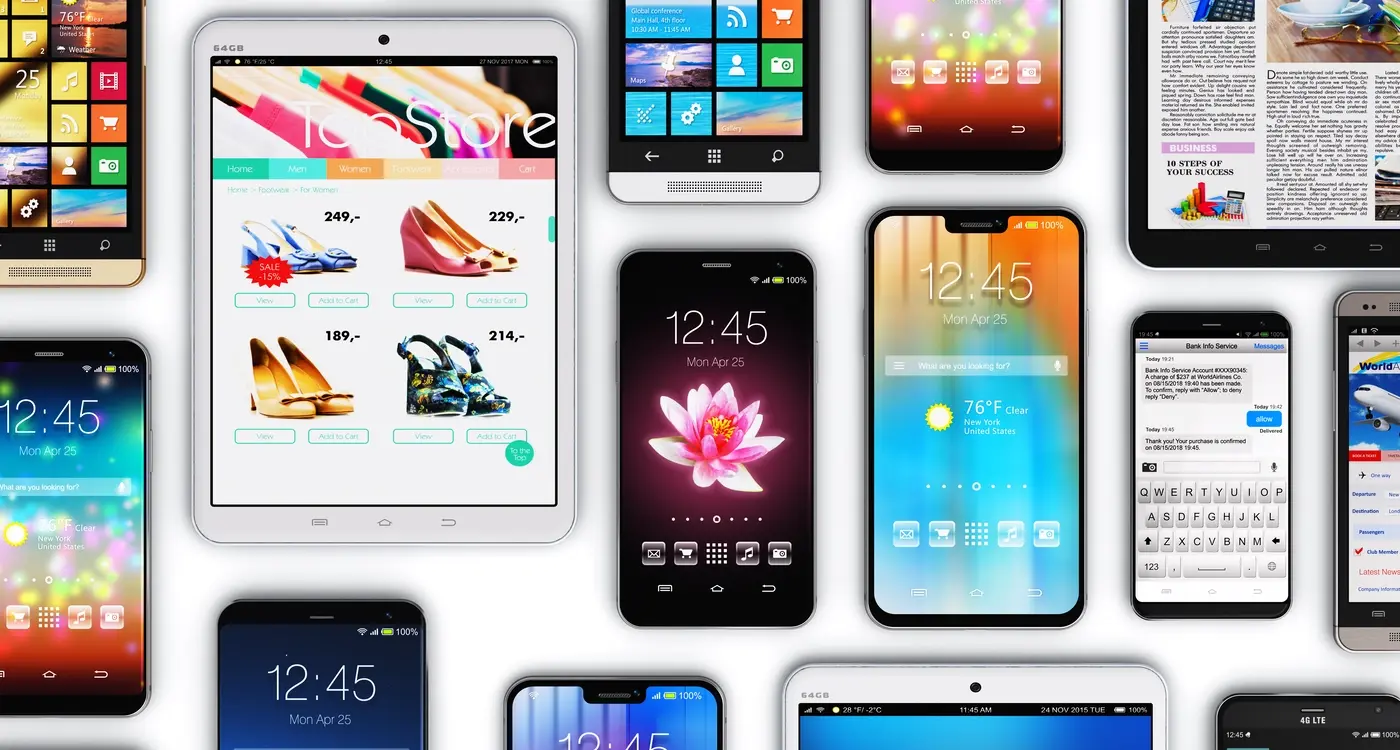The Ultimate Guide to Logistics App Development: Moving Forward in 2025
Last month I was chatting with the CEO of a delivery company who told me something that really stuck with me. His drivers were spending three hours each day just on paperwork—checking routes, updating delivery statuses, and calling customers about delays. Three hours! That's nearly half their working day gone before they even start delivering packages. But here's the thing that got me thinking: this wasn't happening because his team was slow or inefficient; it was happening because they were still running everything with clipboards and phone calls whilst their competitors had moved to smart logistics apps years ago.
This story isn't unusual at all. Right across the UK, businesses are waking up to the fact that logistics apps aren't just nice-to-have tools anymore—they're becoming the difference between thriving and barely surviving. Whether you're running a small courier service or managing a massive warehouse operation, the way you handle logistics can make or break your business.
The companies that embrace smart logistics technology today will be the ones setting the pace tomorrow, whilst others struggle to keep up with customer expectations.
That's exactly why we've put together this development guide. Over the next eight chapters, we'll walk you through everything you need to know about building logistics apps that actually work; from understanding the different types available to planning your development project and getting it launched successfully. By the end, you'll have a clear roadmap for moving your logistics operation forward.
What Are Logistics Apps and Why Do They Matter
Logistics apps are mobile applications that help businesses manage the movement of goods from one place to another. Think of them as digital assistants that track packages, manage delivery routes, and coordinate everything that happens between a product leaving a warehouse and arriving at your door.
These apps handle tasks like tracking shipments in real-time, optimising delivery routes to save time and fuel, managing inventory levels, and coordinating between drivers, warehouses, and customers. They basically take all the complicated moving parts of getting things from A to B and make them work together smoothly.
The Growing Need for Digital Solutions
The logistics industry has been dealing with paper-based systems and manual processes for decades—and frankly, it shows. Companies lose millions each year due to inefficient routing, missed deliveries, and poor communication between teams. That's where mobile technology steps in to save the day.
Modern logistics apps solve real problems that cost businesses serious money. They reduce human error, provide instant visibility into operations, and help companies respond quickly when things go wrong. For customers, they offer transparency and control that simply wasn't possible before smartphones became part of our daily lives.
Key Features That Make Logistics Apps Work
After working on countless logistics apps over the years, I can tell you that the difference between success and failure often comes down to getting the basics right. Users don't care about flashy animations if they can't track their package or if the app crashes when they need it most.
Real-time tracking sits at the heart of any good logistics app—people want to know where their stuff is, when it'll arrive, and if there are any delays. GPS integration isn't optional here; it's the foundation everything else builds on. Push notifications work hand-in-hand with tracking, keeping users informed without them having to constantly check the app.
Core Features Every Logistics App Needs
Route optimisation might sound technical, but it's what keeps delivery costs down and customers happy. The app needs to calculate the best routes automatically, accounting for traffic, weather, and delivery windows. Inventory management ties into this—drivers need to see what they're carrying and customers need accurate stock information.
Don't overlook the boring stuff like secure payment processing and digital proof of delivery. These features might not excite users, but they'll definitely notice if they're missing or broken.
Start with the features your users absolutely cannot live without, then add the nice-to-haves later. A simple app that works beats a complex one that doesn't.
Types of Logistics Apps You Should Know About
After working with countless logistics companies over the years, I've noticed they all seem to think their needs are completely unique. Spoiler alert—they're not! Most logistics apps fall into a handful of categories, and understanding these types will help you figure out exactly what you need to build.
The Main Categories
Fleet management apps are probably the most common type I get asked to build. These track vehicles, monitor fuel consumption, and help dispatchers make better decisions about routes. Then you've got warehouse management systems that handle inventory, picking, packing, and all those fun storage activities that happen behind the scenes.
Transport management platforms are the big picture apps—they coordinate shipments across multiple carriers and help companies choose the best shipping options. Order tracking apps are what your customers see; they show where packages are and when they'll arrive (though let's be honest, those delivery estimates are more like educated guesses half the time).
Specialised Solutions
Supply chain visibility apps give you that bird's eye view of your entire operation from supplier to customer. Last mile delivery apps focus specifically on getting packages from the distribution centre to someone's front door—and they're getting quite sophisticated with route optimisation these days.
- Fleet management and vehicle tracking
- Warehouse management systems
- Transport and shipment coordination
- Customer-facing order tracking
- Supply chain visibility platforms
- Last mile delivery solutions
Most successful logistics companies don't just pick one type—they often need a combination of these apps working together to cover their entire operation.
Planning Your Logistics App Development Project
Right, so you've decided you want to build a logistics app. Good choice! But before you start sketching wireframes or choosing colours, we need to talk about planning. This is where most projects either set themselves up for success or create a mess that takes months to untangle.
The first thing you need to nail down is your budget and timeline. I know it sounds boring, but trust me on this one—logistics apps aren't simple contact forms or basic calculators. They involve real-time tracking, complex integrations with existing systems, and often need to handle thousands of data points every minute. That means more development time and yes, more money.
Define Your Core User Journey
Next up, map out exactly what your users will do in your app from start to finish. Will they be booking deliveries? Tracking packages? Managing fleets? Don't try to solve every logistics problem in version one—you'll end up with a bloated app that does everything poorly instead of a few things brilliantly.
The best logistics apps solve one problem really well before they try to solve ten problems adequately
Technical Requirements and Integrations
Finally, list out all the systems your app needs to talk to. Most logistics apps need to integrate with existing warehouse management systems, GPS tracking, payment gateways, and sometimes even government databases for customs information. Each integration adds complexity, so prioritise the ones that are absolutely necessary for launch.
Building Your Logistics App the Right Way
Right, so you've planned everything out and now it's time to actually build the thing. This is where the rubber meets the road—and where I've seen so many projects go sideways because people rush into development without thinking it through properly.
The smart approach? Start with a minimum viable product, or MVP as we call it in the business. Don't try to build everything at once; pick the most important features that solve your users' biggest problems and focus on those first. I've watched clients burn through budgets trying to build the perfect app from day one, when really they should have started small and learned what actually works.
Choose Your Development Approach
You'll need to decide between native development (separate apps for iOS and Android) or cross-platform development (one codebase for both). Native apps generally perform better and feel more polished, but cross-platform can save time and money. For logistics apps that need to handle lots of data and work reliably, I usually lean towards native development—but it really depends on your budget and timeline.
Focus on Performance and Security
Logistics apps deal with sensitive information and need to work fast, even when handling thousands of shipments or delivery routes. Your development team needs to prioritise clean code, efficient databases, and robust security measures from the start. Trust me, it's much easier to build these things in properly from the beginning than to bolt them on later.
Testing and Launching Your Logistics App
Right then, you've built your logistics app and now comes the bit that makes most people nervous—testing and launching. I'll be honest, this stage can make or break your entire project, so let's get it right from the start.
Testing isn't just about checking if buttons work (though that's important too). You need to test everything: load times when drivers are in rural areas with poor signal, what happens when someone tries to track 500 packages at once, whether your app crashes when warehouse staff scan barcodes rapidly for hours. Real-world testing beats theoretical testing every single time.
Beta Testing with Real Users
Get your app into the hands of actual logistics workers before you launch publicly. These people will break your app in ways you never imagined—and that's exactly what you want. They'll try to use it whilst wearing gloves, in bright sunlight, and when they're rushing between deliveries.
Start with a small group of 10-15 beta testers rather than hundreds. You'll get more detailed feedback and can actually respond to issues quickly.
Launch Strategy That Works
Don't launch everywhere at once. Pick one region or one type of user first. If you're targeting delivery companies, start with smaller local firms rather than trying to convince massive corporations straight away. Build your reputation gradually, fix problems as they come up, and expand when you're confident your app won't fall over under pressure.
Conclusion
Building a logistics app isn't just about creating something that looks good—it's about solving real problems for real people. Throughout this guide, we've covered everything from understanding what makes these apps tick to getting them live in the app stores. The logistics industry is massive, and there's room for apps that genuinely make people's lives easier.
What strikes me most after working on logistics projects is how much impact a well-built app can have. We're talking about helping drivers find the best routes, making it simple for customers to track their parcels, and giving warehouse managers the tools they need to keep everything running smoothly. That's proper value right there.
The planning phase will make or break your project—I can't stress this enough. Get your requirements sorted, understand your users inside and out, and don't rush into development until you're confident about what you're building. The technical stuff is important too; real-time tracking, GPS integration, and smooth user interfaces aren't nice-to-haves anymore—they're expected.
If you're ready to start your logistics app project, take it one step at a time. Focus on getting the basics right first, then build from there. Your users will thank you for it.
Share this
Subscribe To Our Blog
You May Also Like
These Related Stories

No-Code vs. Custom Development: The Honest Comparison

Your Complete Guide to Smartwatch App Development





